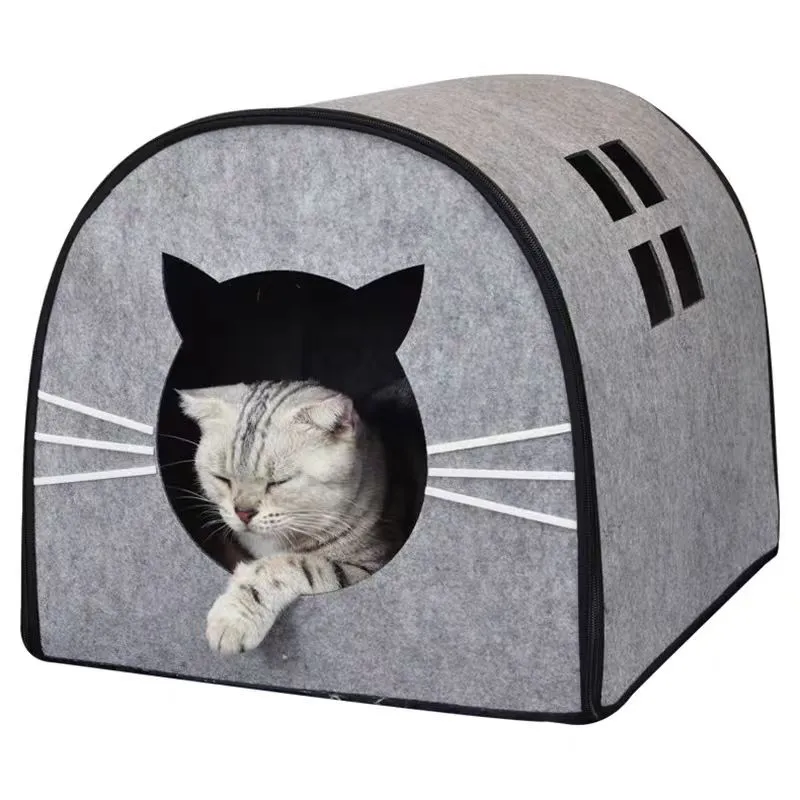Innovative Approaches to Felt Design and Creative Crafting Techniques
The Art of Felt Design Weaving Tradition into Modern Creativity
Felt design represents a fascinating intersection of ancient craftsmanship and contemporary art. With roots dating back thousands of years, felt has been used in various cultures for clothing, shelter, and decorative items. Today, felt design has evolved into a vibrant field that not only honors traditional techniques but also embraces innovative applications. In this article, we will explore the history, techniques, and modern uses of felt design, highlighting its enduring appeal and versatility.
A Brief History of Felt
Felt is one of the oldest textiles known to humanity, with archaeological evidence suggesting its use by nomadic tribes in Central Asia, around 6000 BC. Its durability and warmth made it an ideal material for clothing and tents, particularly in harsh climates. The traditional method of making felt involves matting, condensing, and pressing fibers together—most commonly sheep wool. This process creates a thick, non-woven fabric that is both sturdy and flexible.
Throughout history, various cultures have developed their own unique felt-making techniques. For example, Mongolian nomads still create felt yurts that are insulated against extreme weather. In contrast, Middle Eastern artisans craft intricate felt carpets decorated with geometric patterns. These traditional practices have been passed down through generations, preserving cultural identities and showcasing local artistry.
Techniques of Felt Design
The methods used to create felt can be as diverse as the cultures from which they originate. The two primary techniques are needle felting and wet felting. Needle felting involves using a barbed needle to interlock wool fibers, creating intricate shapes and designs. This method allows for a high degree of detail, enabling artists to create miniature sculptures, embellishments, and intricate surface textures.
Wet felting, on the other hand, utilizes soap and hot water to help the fibers mat together. This technique is often used for larger pieces, such as felted bags, hats, and rugs. Artists can manipulate the fibers to create stunning patterns and textures, using various colors to enhance their designs. The process requires physical labor and skill, making each piece a testament to the artist's dedication and creativity.
felt design

Modern Applications of Felt Design
In the 21st century, felt design has found its way into various realms, from fashion to home décor, education, and beyond. Designers are increasingly drawn to felt for its eco-friendly properties; it is renewable, biodegradable, and can be produced with minimal environmental impact. As sustainability becomes a priority in modern manufacturing, felt stands out as a responsible choice.
In fashion, felt has gained popularity for its unique texture and warmth. Designers create everything from stylish hats to elegant coats, using felt to add a touch of sophistication to their collections. The tactile quality of felt makes it an appealing choice for accessories, allowing for the creation of bold jewelry pieces and statement bags.
In the realm of home décor, felt has emerged as a beloved material for soft furnishings and decorative items. Felted rugs, wall hangings, and cushions can add warmth and character to any space. The versatility of felt allows designers to explore various colors and patterns, making it easy to incorporate into diverse interior styles—from minimalist to bohemian.
Moreover, felt has found a place in educational settings. Many educators use felt boards to teach young children various concepts, from storytelling to math. The tactile nature of felt engages children and promotes interactive learning, making education both effective and enjoyable.
Conclusion
Felt design, with its rich history and innovative potential, stands as a testament to the enduring nature of traditional crafts. As artists and designers continue to explore the possibilities of felt, they breathe new life into this ancient material, creating works that resonate with both history and modernity. Whether used in fashion, home décor, or educational tools, felt remains a versatile and beloved medium. As we embrace sustainability and creativity in our everyday lives, the art of felt design will undoubtedly continue to inspire and evolve, weaving together the threads of tradition and innovation for generations to come.
-
What Makes Felt a Great Choice?NewsNov.19,2024
-
Total Mixed Ration (TMR) Feed for CattleNewsNov.19,2024
-
The Ultimate Guide for Felt Polishing WheelsNewsNov.19,2024
-
Industrial Felt for Various ApplicationsNewsNov.19,2024
-
Felt Makeup Bags and Inserts BagsNewsNov.19,2024
-
Choosing the Right Hotel TowelsNewsNov.19,2024
-
Your Go-To Guide For Affordable Wholesale Wool FeltsNewsOct.31,2024







